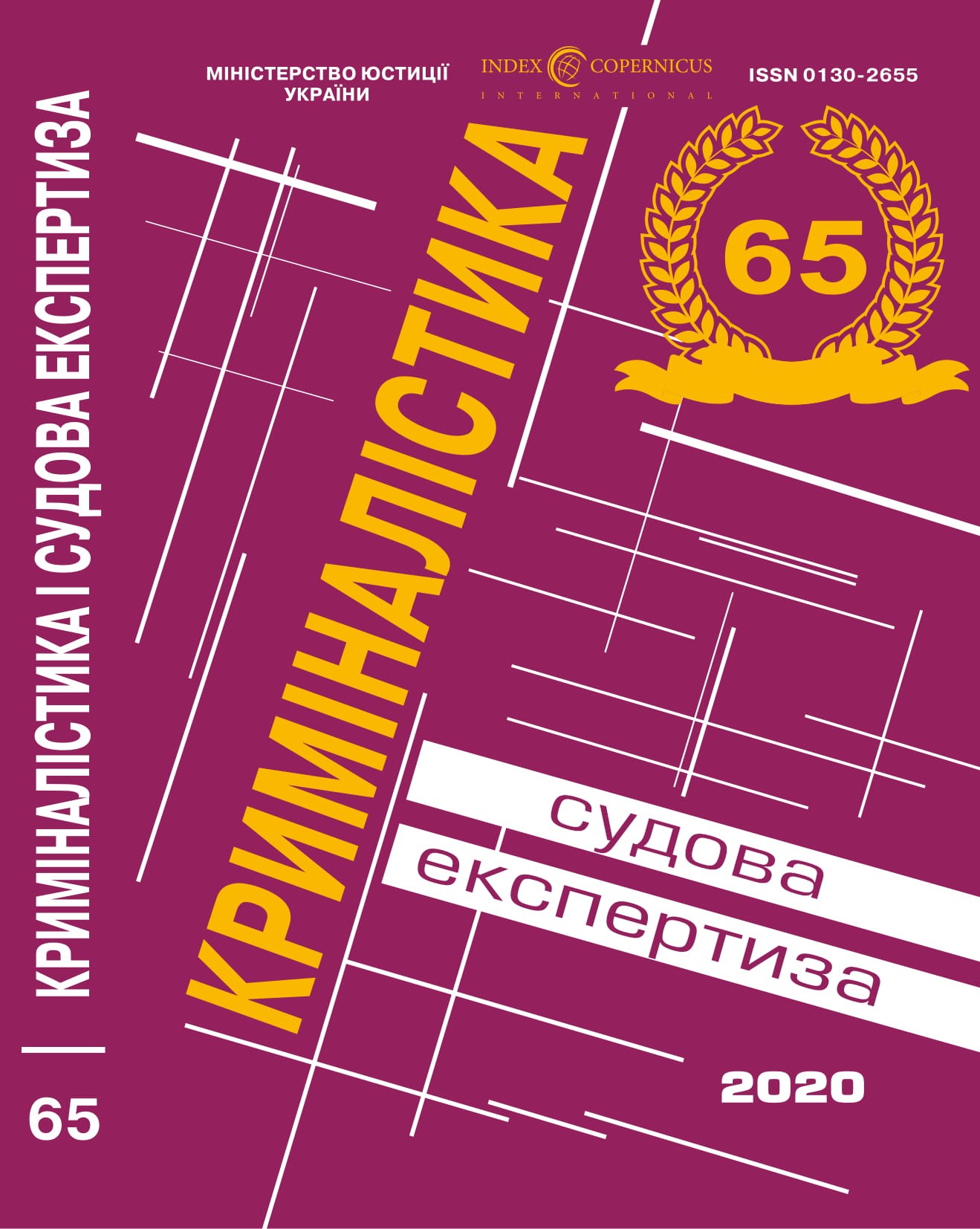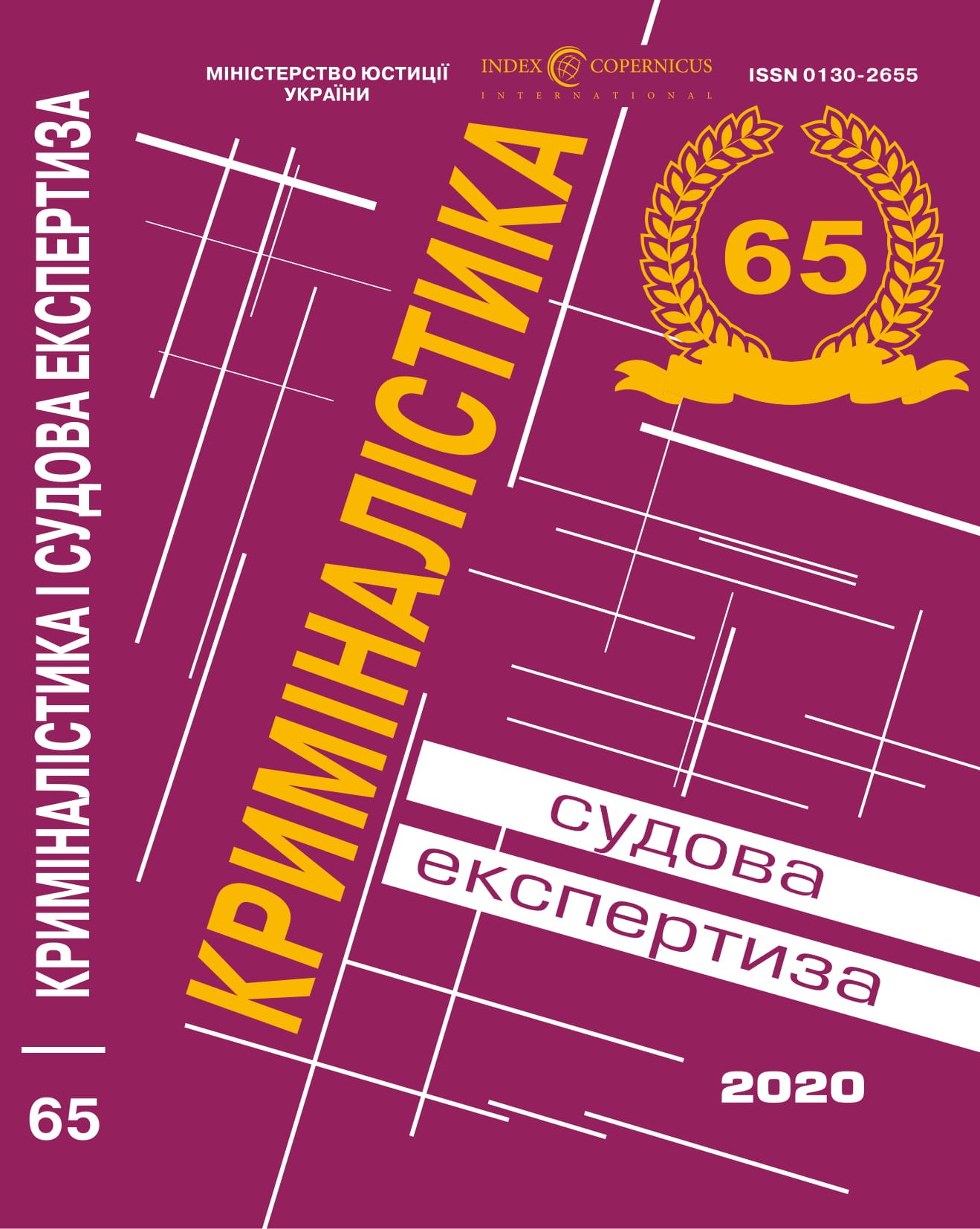DOI: https://doi.org/10.33994/kndise.2020.65.32
O. Аnanin
Today in Ukraine there is an increase in the facts of law enforcement agencies identifying driver’s licenses of the third generation on a polycarbonate basis, with signs of fake. Despite a fairly high level of protection against fakes, the driver’s license protection system has number of significant drawbacks. In particular, it is possible to delaminate them, delete primary texts, an image and make the changes necessary for attackers. Thus, there is a problem of reuse of original forms of documents in the implementation of fakes. The solution to this problem may be the use of additional special protective equipment – holograms on a destructive basis.
Structurally, a destructive-based hologram is an aluminum layer that directly contains a holographic image placed between two layers of special glue and covered with a transparent film. The destruction is based on the principle of adhesion of adhesives, that is, the adhesion force of one layer of glue is greater than the adhesion force of another layer of glue. Due to this, the hologram is destroyed under mechanical action on it. To restore such a holographic image is very difficult and expensive, which provides a kind of protection.
A hologram on a destructive basis can serve as a seal and provide the ability visually to control access to the form of a document that they tried to delaminate for subsequent unauthorized changes.
The main task of holograms on a destructive basis is the creation of additional obstacles for counterfeiters in the process of delamination of the document form and separation of laminating films.
Compared to other additional security features, such as an electronic secure storage medium and a machine-readable zone (used in the driver’s licenses of a number of EU countries), the advantages of holograms on a destructive basis are relatively low cost with the complexity of high-quality imitation of existing copying devices and printing devices, and also the need for special knowledge in the field of physicochemical properties of various materials.
The direction of further research, it is advisable to highlight the development of software; web design; laser technology; polymers; holography, printing and technical properties of materials; electronic means of protection.
Key words: driver’s license, questioned document examination, physical and chemical methods of defense, hologram, forgery.


